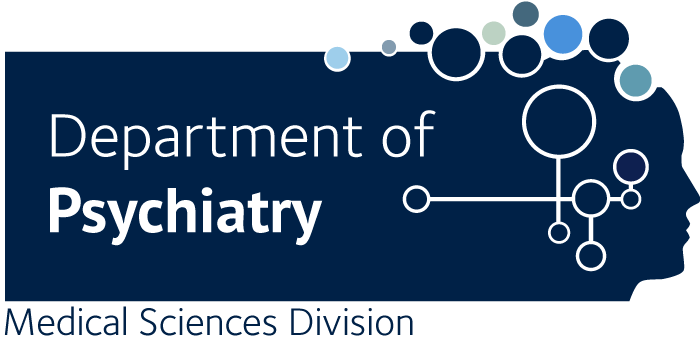Toward effective early intervention and prevention strategies for major affective disorders: A review of antecedents and risk factors
Duffy A.
Objective: To review critically the literature pertaining to risk factors and antecedent symptoms and syndromes in order to determine an empirically based strategy for early treatment and prevention of major mood episodes. Method: The relevant literature is summarized, with particular emphasis on early-onset (child and adolescent) mood disorders. Results: A complex interaction between biological, psychological, and sociological factors contributes to the development of a major mood disorder. Having a positive family history of mood disorder (bipolar and unipolar) and being female (unipolar) are the strongest, most reliable risk factors. There is continuity between adolescent and adult mood disorders, and subsyndromal mood disturbance in adolescents has clinical and public health significance. However, more longitudinal study is required to reliably map the course and predictive importance of mood disorders in very young children. Conclusions: Substantial evidence supports the effectiveness of early intervention and prevention efforts in children at risk for mood disorders (identified as having affected family members) and in adolescents manifesting significant mood symptoms and syndromes (especially if associated with a positive family history). However, the current level of understanding regarding the etiological significance and mechanism of risk factors associated with mood disorders does not support broad community-based primary prevention strategies in unselected populations.

